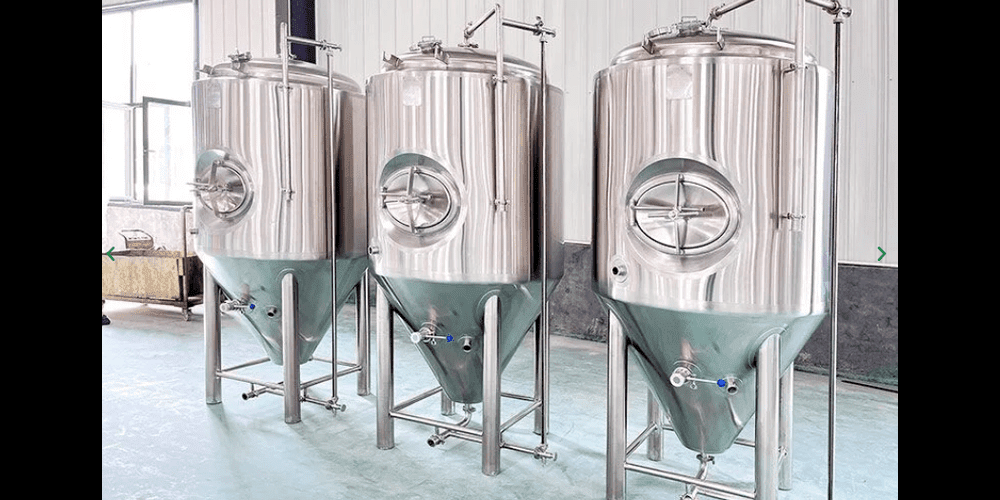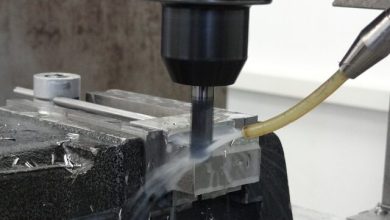What are common maintenance issues with brewing equipment?

Common Maintenance Issues with Brewing Equipment: Identification and Solutions
Maintaining brewing equipment is critical to ensuring the consistent production of high-quality beer. Regular maintenance helps prevent equipment failures that can lead to production downtime, contamination, and increased operational costs. This article explores common maintenance issues encountered in breweries and offers solutions to address them effectively.
- Clogged or Blocked Pipes and Valves
Issue: Over time, residues from malt, hops, and yeast can build up in pipes and valves, leading to blockages that disrupt the brewing process.
Solution: Implement a rigorous cleaning schedule using Clean-in-Place (CIP) systems. Regularly inspect and manually clean areas prone to buildup. Use caustic cleaners and acid washes to dissolve organic material and mineral deposits.
- Pump Failures
Issue: Pumps are critical for moving wort, beer, and cleaning solutions throughout the brewery. Common issues include seal leaks, motor failures, and impeller wear.
Solution: Conduct regular inspections and maintenance of pumps. Replace seals and impellers as part of a preventive maintenance schedule. Ensure proper lubrication of motor bearings and check for signs of overheating or vibration.
- Cooling System Malfunctions
Issue: Cooling systems, including glycol chillers and heat exchangers, are essential for maintaining the correct temperature during fermentation and storage. Common problems include refrigerant leaks, compressor failures, and clogged heat exchanger plates.
Solution: Regularly inspect cooling systems for leaks and ensure that refrigerant levels are adequate. Clean heat exchanger plates to prevent clogging and maintain efficient heat transfer. Schedule professional maintenance for glycol chillers to ensure optimal performance.
- Tank Integrity Issues
Issue: Fermentation and bright tanks can develop issues such as leaks, corrosion, and pressure inconsistencies. These problems can compromise the quality of the beer and pose safety risks.
Solution: Inspect tanks regularly for signs of wear, corrosion, and leaks. Use food-grade stainless steel for tanks to prevent corrosion. Implement a schedule for pressure testing tanks to ensure they can withstand the operational pressures.
- Instrumentation Calibration Problems
Issue: Accurate measurement of temperature, pressure, and flow rates is crucial for maintaining the brewing process. Instruments can drift out of calibration over time, leading to inaccurate readings and suboptimal brewing conditions.
Solution: Schedule regular calibration of all instrumentation. Use certified calibration services to ensure accuracy. Implement routine checks and compare instrument readings against known standards.
- Gasket and Seal Deterioration
Issue: Gaskets and seals are used in various parts of the brewing system to prevent leaks and maintain pressure. They can deteriorate over time due to chemical exposure and mechanical stress.
Solution: Regularly inspect gaskets and seals for signs of wear and replace them as needed. Use high-quality, food-grade materials that are resistant to the chemicals used in brewing and cleaning processes.
- Sanitation and Contamination Issues
Issue: Inadequate cleaning and sanitation can lead to microbial contamination, affecting the quality and safety of the beer. Contamination can occur in tanks, pipes, and packaging lines.
Solution: Implement a strict cleaning and sanitation protocol. Use appropriate sanitizers and ensure that all equipment surfaces are thoroughly cleaned. Regularly test for microbial contamination and take corrective action immediately if any is detected.
- Electrical and Control System Failures
Issue: Electrical components and control systems are integral to modern brewing operations. Failures can result from power surges, faulty wiring, or component wear.
Solution: Conduct regular inspections of electrical systems. Ensure that wiring is secure and components are functioning correctly. Use surge protectors and uninterruptible power supplies (UPS) to protect sensitive equipment. Schedule periodic maintenance with a qualified electrician.
- Wear and Tear on Moving Parts
Issue: Moving parts such as agitators, conveyors, and bottling line components can experience wear and tear, leading to mechanical failures.
Solution: Regularly lubricate and inspect all moving parts. Replace worn components before they fail. Implement a predictive maintenance program to monitor the condition of critical parts and replace them based on usage patterns and wear indicators.
- Packaging Equipment Malfunctions
Issue: Bottling and canning lines can suffer from issues such as misaligned components, worn seals, and inconsistent filling volumes.
Solution: Perform regular maintenance on packaging equipment, including alignment checks and seal replacements. Calibrate filling machines to ensure consistent volumes. Train operators to identify and address common issues quickly.
Conclusion
Proactive maintenance and timely servicing of brewing equipment are essential for the efficient operation of a brewery. By addressing common maintenance issues such as clogged pipes, pump failures, cooling system malfunctions, and instrumentation problems, breweries can minimize downtime, ensure product quality, and maintain a safe working environment. Establishing a robust maintenance program and training staff to recognize and resolve issues can significantly enhance the longevity and performance of brewing equipment, ultimately contributing to the success of the brewery.
Micet equipment:brewery equipment
Read More From Techbullion





